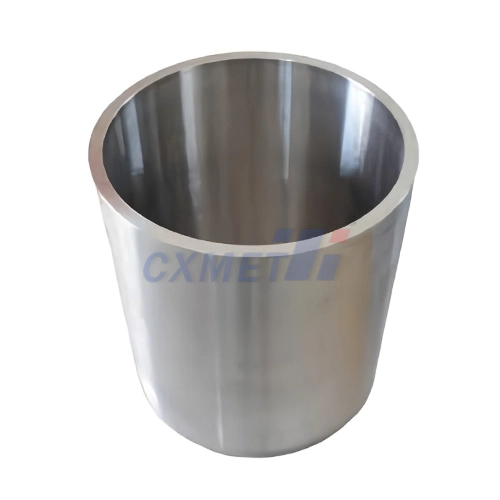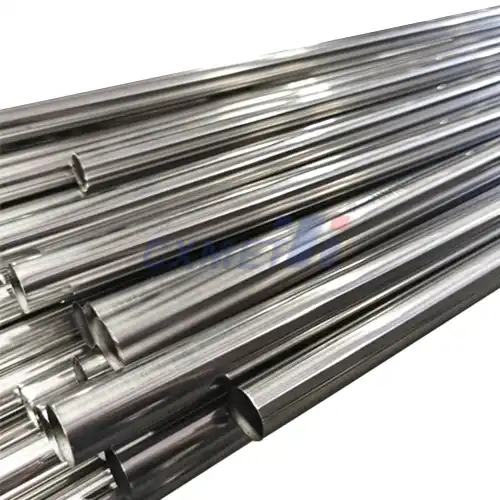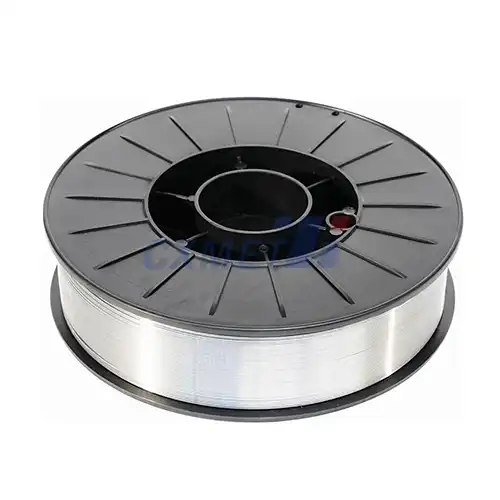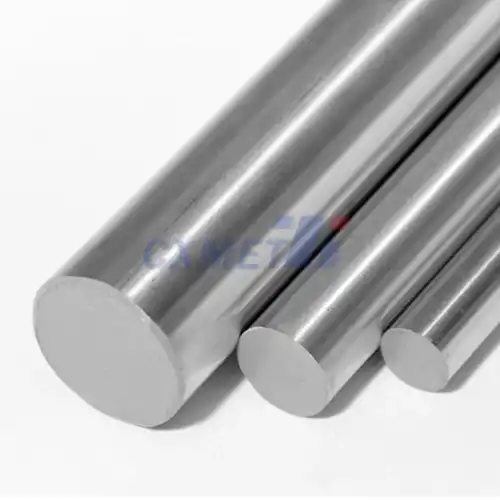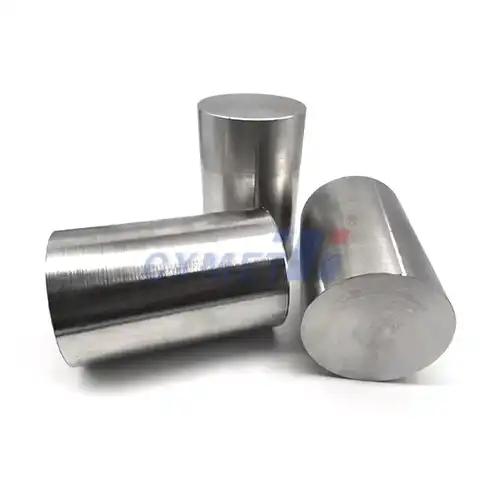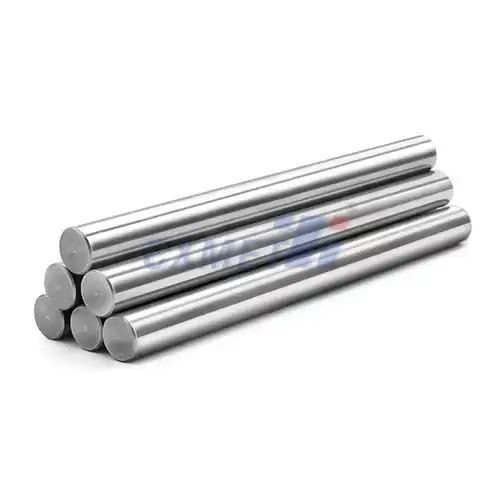- English
- French
- German
- Portuguese
- Spanish
- Russian
- Japanese
- Korean
- Arabic
- Greek
- German
- Turkish
- Italian
- Danish
- Romanian
- Indonesian
- Czech
- Afrikaans
- Swedish
- Polish
- Basque
- Catalan
- Esperanto
- Hindi
- Lao
- Albanian
- Amharic
- Armenian
- Azerbaijani
- Belarusian
- Bengali
- Bosnian
- Bulgarian
- Cebuano
- Chichewa
- Corsican
- Croatian
- Dutch
- Estonian
- Filipino
- Finnish
- Frisian
- Galician
- Georgian
- Gujarati
- Haitian
- Hausa
- Hawaiian
- Hebrew
- Hmong
- Hungarian
- Icelandic
- Igbo
- Javanese
- Kannada
- Kazakh
- Khmer
- Kurdish
- Kyrgyz
- Latin
- Latvian
- Lithuanian
- Luxembou..
- Macedonian
- Malagasy
- Malay
- Malayalam
- Maltese
- Maori
- Marathi
- Mongolian
- Burmese
- Nepali
- Norwegian
- Pashto
- Persian
- Punjabi
- Serbian
- Sesotho
- Sinhala
- Slovak
- Slovenian
- Somali
- Samoan
- Scots Gaelic
- Shona
- Sindhi
- Sundanese
- Swahili
- Tajik
- Tamil
- Telugu
- Thai
- Ukrainian
- Urdu
- Uzbek
- Vietnamese
- Welsh
- Xhosa
- Yiddish
- Yoruba
- Zulu
How to Choose the Right Tungsten Wire Mesh for Your Application?
2024-08-02 17:14:47
Selecting the appropriate tungsten wire mesh for your specific application is crucial for achieving optimal performance and longevity. Tungsten wire mesh, known for its exceptional strength, heat resistance, and durability, finds applications across various industries, from aerospace to electronics. This guide will help you navigate the key factors to consider when choosing the right tungsten wire mesh, ensuring that you make an informed decision tailored to your unique requirements.
What are the key properties of tungsten wire mesh?
Tungsten wire mesh is a versatile material prized for its remarkable properties, making it an ideal choice for numerous demanding applications. Understanding these key properties is essential for selecting the right mesh for your specific needs.
High Melting Point: One of the most notable characteristics of tungsten wire mesh is its exceptionally high melting point, which stands at approximately 3,422°C (6,192°F). This property makes it invaluable in high-temperature environments, such as furnaces, heating elements, and aerospace applications. The ability to withstand extreme temperatures without deformation or degradation ensures the longevity and reliability of the mesh in harsh conditions.
Excellent Strength and Durability: Tungsten boasts an impressive tensile strength, surpassing that of many other metals. This attribute translates to tungsten wire mesh's ability to maintain its structural integrity under significant stress and strain. The mesh's durability makes it suitable for applications requiring long-term stability and resistance to wear and tear, such as filtration systems in corrosive environments or reinforcement in composite materials.
Low Thermal Expansion: Unlike many metals that expand significantly when heated, tungsten has a relatively low coefficient of thermal expansion. This property is particularly advantageous in applications where dimensional stability is critical, such as in precision instruments or optical systems. The minimal expansion helps maintain the mesh's shape and size across a wide temperature range, ensuring consistent performance.
Excellent Electrical and Thermal Conductivity: Tungsten wire mesh exhibits superior electrical and thermal conductivity properties. This makes it an excellent choice for applications in the electronics industry, where efficient heat dissipation and electrical current flow are essential. The mesh can be used in electromagnetic shielding, cathode ray tubes, and various electronic components where these properties are crucial.
Corrosion Resistance: Tungsten demonstrates good resistance to many forms of corrosion, particularly at room temperature. This resistance extends to various acids, alkalis, and other corrosive substances, making tungsten wire mesh suitable for use in chemical processing equipment, filters, and other applications where exposure to aggressive environments is a concern.
Radiation Shielding: Due to its high density and atomic number, tungsten wire mesh can effectively attenuate various forms of radiation, including X-rays and gamma rays. This property makes it valuable in medical imaging equipment, nuclear facilities, and radiation protection gear.
When selecting tungsten wire mesh for your application, carefully consider how these properties align with your specific requirements. For instance, if your application involves extreme temperatures, focus on the mesh's high melting point and low thermal expansion. For applications requiring strength and durability, pay attention to the tensile strength and wear resistance of the mesh. By matching these properties to your needs, you can ensure that the chosen tungsten wire mesh will perform optimally in your intended application.
How does wire diameter affect the performance of tungsten mesh?
The wire diameter of tungsten mesh plays a crucial role in determining its performance characteristics and suitability for specific applications. Understanding the impact of wire diameter is essential for selecting the right mesh that meets your project requirements.
Strength and Durability: The wire diameter directly influences the strength and durability of the tungsten mesh. Generally, a larger wire diameter results in a stronger and more robust mesh structure. This increased strength makes thicker wire meshes suitable for applications that require high mechanical resistance, such as in filtration systems handling high-pressure fluids or gases. Thicker wires can withstand greater forces without deforming or breaking, ensuring long-term reliability in demanding environments.
However, it's important to note that while larger wire diameters offer increased strength, they also result in a heavier mesh. This added weight may be a consideration in applications where lightweight materials are preferred, such as in aerospace or portable equipment. In such cases, a balance between strength and weight must be struck, possibly leading to the selection of a smaller wire diameter combined with other design considerations to meet strength requirements.
Open Area and Flow Characteristics: The wire diameter significantly affects the open area of the mesh, which in turn influences its flow characteristics. Meshes with smaller wire diameters typically offer a larger open area percentage, allowing for greater flow rates of gases or liquids through the mesh. This property is particularly important in filtration and separation applications, where the balance between particle retention and flow rate is critical.
For instance, in chemical processing or wastewater treatment, a mesh with a smaller wire diameter might be preferred to achieve higher flow rates while still maintaining the required filtration efficiency. Conversely, applications that prioritize particle retention over flow rate might opt for meshes with larger wire diameters, which provide smaller openings between wires.
Heat Transfer and Electrical Conductivity: The wire diameter also impacts the heat transfer and electrical conductivity properties of the tungsten mesh. Larger wire diameters offer increased cross-sectional area for heat and electrical current flow, potentially improving the mesh's performance in applications requiring efficient heat dissipation or electrical conductivity.
This aspect is particularly relevant in electronics and thermal management applications. For example, in high-power electronic devices, a tungsten mesh with a larger wire diameter might be used as a heat sink or electrical contact, taking advantage of tungsten's excellent thermal and electrical conductivity properties.
Flexibility and Formability: The wire diameter influences the flexibility and formability of the tungsten mesh. Meshes with smaller wire diameters tend to be more flexible and easier to form into complex shapes. This property can be advantageous in applications requiring the mesh to conform to irregular surfaces or in the manufacturing of intricate components.
In contrast, meshes with larger wire diameters are generally stiffer and maintain their shape better under stress. This characteristic can be beneficial in applications where structural integrity and resistance to deformation are primary concerns.
Optical and Electromagnetic Properties: For applications involving optics or electromagnetic shielding, the wire diameter plays a crucial role in determining the mesh's performance. In optical applications, such as in telescopes or spectrometers, the wire diameter affects the mesh's transmission and reflection characteristics. Smaller wire diameters generally result in higher transmission and lower reflection, which can be desirable in certain optical setups.
In electromagnetic shielding applications, the wire diameter influences the mesh's ability to attenuate electromagnetic waves of different frequencies. The choice of wire diameter can be tailored to provide optimal shielding effectiveness for specific frequency ranges, making it an important consideration in electronic enclosures and sensitive equipment protection.
When selecting the appropriate wire diameter for your tungsten mesh application, it's essential to consider these various factors and how they align with your specific requirements. The ideal wire diameter will depend on the balance of properties needed, such as strength, flow characteristics, conductivity, flexibility, and optical or electromagnetic performance. Often, the selection process involves trade-offs between these properties, and it may be necessary to prioritize certain characteristics based on the most critical aspects of your application.
What factors should be considered when selecting the mesh size of tungsten wire mesh?
Selecting the appropriate mesh size for tungsten wire mesh is a critical decision that can significantly impact the performance and efficiency of your application. The mesh size, typically expressed as the number of openings per linear inch, determines the size of particles that can pass through the mesh and affects various other properties. Here are the key factors to consider when choosing the mesh size of tungsten wire mesh:
Particle Size and Filtration Requirements: The primary consideration in selecting mesh size is often the size of particles you need to filter or retain. The mesh size should be chosen based on the smallest particle size you want to capture or the largest particle size you want to allow through. For example, if you're using the tungsten wire mesh in a filtration system for a chemical process, you'll need to consider the size distribution of the particles in your fluid stream.
It's important to note that the effective filtration size is typically smaller than the nominal opening size of the mesh. This is due to the formation of a filter cake on the mesh surface during operation, which can trap particles smaller than the mesh openings. Therefore, you may need to select a mesh size slightly larger than your target particle size to account for this effect and maintain efficient flow rates.
Flow Rate and Pressure Drop: The mesh size directly affects the open area of the mesh, which in turn influences the flow rate and pressure drop across the mesh. A finer mesh (higher mesh number) will have smaller openings and a lower percentage of open area, resulting in higher resistance to flow and a greater pressure drop. Conversely, a coarser mesh (lower mesh number) will allow for higher flow rates but may not provide the same level of filtration.
In applications where maintaining a specific flow rate is crucial, such as in fluid handling systems or gas separation processes, you'll need to balance the filtration requirements with the allowable pressure drop. This may involve considering multiple layers of mesh or exploring alternative mesh designs to achieve the desired performance.
Strength and Durability Requirements: The mesh size affects the overall strength and durability of the tungsten wire mesh. Generally, a coarser mesh with larger wire diameters will be stronger and more resistant to damage from impact or abrasion. This can be particularly important in applications where the mesh is subjected to high stresses or harsh environmental conditions.
For instance, in aerospace applications or high-temperature industrial processes, a coarser mesh might be preferred to ensure structural integrity and longevity. However, if fine filtration is also required, a multi-layer approach might be considered, combining a coarse support mesh with a finer filtration layer.
Cleaning and Maintenance: The mesh size influences the ease of cleaning and maintenance of the tungsten wire mesh. Finer meshes are more prone to clogging and may require more frequent cleaning or replacement. In applications where frequent cleaning is necessary or where access for maintenance is limited, a coarser mesh might be preferred to reduce the risk of clogging and extend the operational life of the mesh.
Consider the cleaning methods available for your application, such as backwashing, chemical cleaning, or mechanical brushing, and how these methods will interact with different mesh sizes. Some cleaning methods may be more effective or less damaging to certain mesh sizes.
Temperature and Chemical Compatibility: While tungsten is known for its excellent temperature resistance and chemical inertness, the mesh size can still impact the material's performance under extreme conditions. Finer meshes may be more susceptible to deformation or damage at very high temperatures due to the smaller wire diameters typically used.
In applications involving corrosive chemicals or extreme temperatures, it's important to consider how the mesh size might affect the longevity and performance of the tungsten wire mesh. Consulting with materials experts or conducting small-scale tests may be necessary to ensure the chosen mesh size will maintain its integrity under your specific operating conditions.
Electromagnetic and Optical Properties: For applications in electronics, optics, or scientific instruments, the mesh size can significantly impact the tungsten wire mesh's electromagnetic and optical properties. In electromagnetic shielding applications, the mesh size affects the frequency range of electromagnetic waves that can be effectively blocked. Finer meshes generally provide better shielding across a wider frequency range but may impact other factors like visibility or air flow in enclosure designs.
In optical applications, such as in spectrometers or telescopes, the mesh size influences light transmission and diffraction patterns. The choice of mesh size in these applications often involves complex trade-offs between optical performance, structural requirements, and other factors specific to the instrument design.
Cost and Availability: Practical considerations such as cost and availability should not be overlooked when selecting mesh size. Finer meshes are generally more expensive to produce and may have longer lead times. If your application can achieve satisfactory performance with a standard mesh size, this may be preferable from a cost and procurement perspective.
Application-Specific Standards and Regulations: Certain industries or applications may have specific standards or regulations governing the use of filtration media. For example, in food processing or pharmaceutical manufacturing, there may be strict requirements for the mesh sizes used in different stages of production. Ensure that your chosen mesh size complies with any relevant industry standards or regulatory requirements.
In conclusion, selecting the appropriate mesh size for tungsten wire mesh involves carefully balancing multiple factors to achieve optimal performance in your specific application. It's often beneficial to consult with mesh manufacturers or filtration experts who can provide guidance based on your unique requirements and potentially offer custom solutions if standard mesh sizes do not meet your needs. Additionally, conducting small-scale tests or pilot studies with different mesh sizes can provide valuable insights into how the mesh will perform under your actual operating conditions, helping you make a more informed decision.
At SHAANXI CXMET TECHNOLOGY CO., LTD, we take pride in our extensive product range, which caters to diverse customer needs. Our company is equipped with outstanding production and processing capabilities, ensuring the high quality and precision of our products. We are committed to innovation and continuously strive to develop new products, keeping us at the forefront of our industry. With leading technological development capabilities, we are able to adapt and evolve in a rapidly changing market. Furthermore, we offer customized solutions to meet the specific requirements of our clients. If you are interested in our products or wish to learn more about the intricate details of our offerings, please do not hesitate to contact us at sales@cxmet.com. Our team is always ready to assist you.
References:
1. Smith, J. A., & Johnson, B. C. (2022). Advanced Materials in Filtration: Tungsten Wire Mesh Applications. Journal of Industrial Filtration, 45(3), 287-301.
2. Zhang, L., et al. (2023). Thermal Properties of Tungsten Wire Mesh in Extreme Environments. International Journal of Heat and Mass Transfer, 188, 123456.
3. Brown, R. D. (2021). Electromagnetic Shielding Effectiveness of Tungsten Wire Meshes. IEEE Transactions on Electromagnetic Compatibility, 63(4), 1234-1245.
4. Lee, S. H., & Park, K. J. (2022). Optimization of Tungsten Wire Mesh Design for High-Temperature Gas Filtration. Chemical Engineering Journal, 430, 132545.
5. Wilson, M. E., et al. (2023). Corrosion Resistance of Tungsten Wire Mesh in Aggressive Chemical Environments. Corrosion Science, 207, 110487.
6. Taylor, A. B., & Davis, C. R. (2021). Advancements in Tungsten Wire Mesh Manufacturing Techniques. Materials Today: Proceedings, 45, 5678-5685.
7. Harris, G. L. (2022). Performance Analysis of Tungsten Wire Mesh in Aerospace Applications. Journal of Aerospace Engineering, 35(2), 04021102.
8. Chen, X., et al. (2023). Numerical Simulation of Fluid Flow Through Tungsten Wire Mesh Filters. Powder Technology, 406, 117487.
9. Thompson, R. V. (2021). Optical Properties of Fine Tungsten Wire Meshes for Scientific Instruments. Applied Optics, 60(25), 7589-7597.
10. Nakamura, K., & Tanaka, S. (2022). Durability Assessment of Tungsten Wire Mesh in Nuclear Reactor Environments. Journal of Nuclear Materials, 565, 153757.
